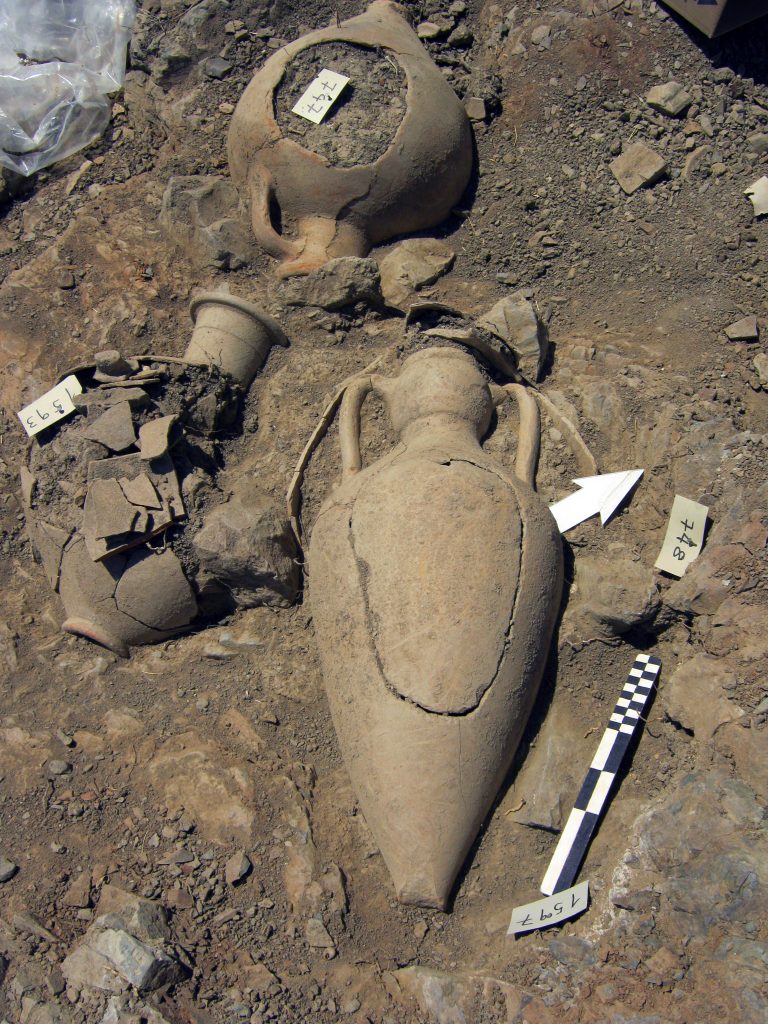Objectives
The Conference aims to provide the impetus for the development of an institutional and regulatory framework relating to the management, display and interpretation of human remains by the archaeological and museum community of Greece.
More specifically, the Conference seeks to:
- Launch in Greece a public debate on the display of human remains in archaeological museums and discuss openly their sensitive nature.
- Raise the awareness of professionals involved in the management of archaeological human remains towards treating their display and interpretation with the highest degree of respect and the deepest sense of dignity.
- Map the presence of human remains in Greek archaeological museums, point out any common trends in their display and put forwards suggestions for their powerful and immersive interpretation.
Finally, the publication of Good Practices Recommendations is at the top of the Conference’s agenda.

Human remains hold a social category as a ‘person’ but are also a ‘thing’. As a ‘border subject’, human remains disturb the boundaries between the real and the not-real, between person and non-person.
Tiffany Jenkins 2011
The constant discovery of human remains in a significant number of rescue excavations has provoked skepticism on the correct management of this material not only with reference to their conservation, documentation and dissemination of the extracted data to the general public, but also from the perspective of the social and ethical behavioυr of researchers, with the central question being whether it is correct the choice of collection and storage for research purposes or the decision to rebury them as an act of respect.
Stella Chrysoulaki 2019
Although the issues of retention and display of human remains have become topical over the last decade, the thoughts of museum visitors about this topic have not been registered, despite their being the museum’s main stakeholder.
Hugh Kilmister 2003
Human remains and materials of sacred significance must be displayed in a manner consistent with professional standards and, where known, taking into account the interests and beliefs of members of the community, ethnic or religious groups from whom the objects originated. They must be presented with great tact and respect for the feelings of human dignity held by all peoples.
ICOM CODE OF ETHICS FOR MUSEUMS, entry 4.3 (Paris 2017)